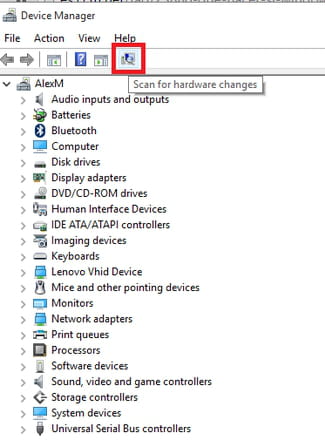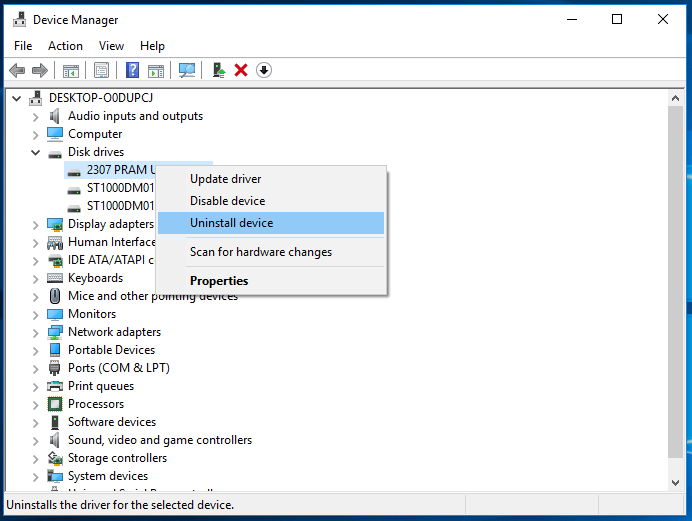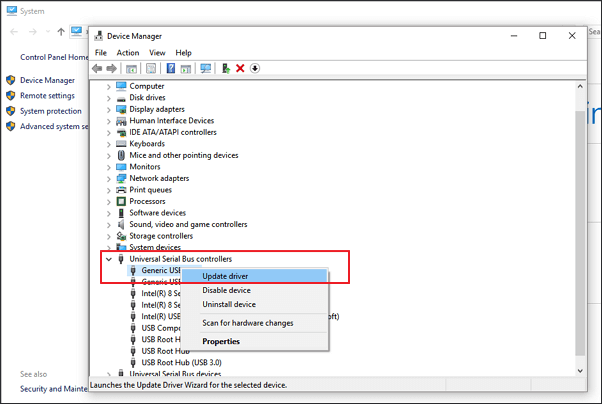

At this time, it is simple to solve this issue by following the steps below:ġ. If your USB flash drive shows normally in Disk Management without a drive letter, it won’t display in File Explorer. ✔ Assign Drive letter to USB flash drive partition When you can't see USB flash drive/pen drive in Windows 10 Explorer, you can press Windows + R to open Run dialogue, type “diskmgmt.msc” and hit “Enter” to enter Disk Management and check out the solutions listed below according to the specific situation. USB flash drive not showing in Windows 10 Explorer but in Disk Management

Why can't I see my USB drive in windows 10 Explorer? How to fix it? Is there any advice?” But I cannot find out the USB flash drive when I open File Explorer in Windows 10 after inserting it to my computer. “I have a SanDisk USB 3.0 flash drive and want to use it to back up the files on my local D drive. My USB flash drive not showing up in Windows 10 ➢ USB Flash drive not showing up in Windows 10 Disk Management ➢ USB Flash drive not showing in Windows 10 Explorer but in Disk Management Update September 6, 2021: This guide was originally published in September 2017, and it’s been updated to make sure the information is still accurate.➢ My USB flash drive not showing up in Windows 10

Once you complete the steps, open File Explorer and navigate to “This PC,” and you should now be able to access and store data on the removable drive. In the above command, make sure to change “1” with the disk number of the drive you want to repair and change “F” with the letter you want to assign to the storage. Type the following command to assign a drive letter to the USB drive and press Enter: Get-Partition -DiskNumber 1 | Set-Partition -NewDriveLetter F In the above command, make sure to change “1” with the disk number of the drive you want to repair and change “myUSB” with the name you want to use for the storage. Type the following command to create a new partition using the NTFS file system and assign a name for the USB drive, and press Enter: New-Partition -DiskNumber 1 -UseMaximumSize | Format-Volume -FileSystem NTFS -NewFileSystemLabel myUSB Type Y to confirm that you want to wipe the specified drive and press Enter. If you specify the number incorrectly, you could wipe out the wrong drive causing data loss. In the above command, make sure to change “1” with the disk number of the drive you want to repair. Type the following command to erase the drive and press Enter: Get-Disk 1 | Clear-Disk -RemoveData Type the following command to identify the removable drive you want to repair and press Enter: Get-Disk


 0 kommentar(er)
0 kommentar(er)
